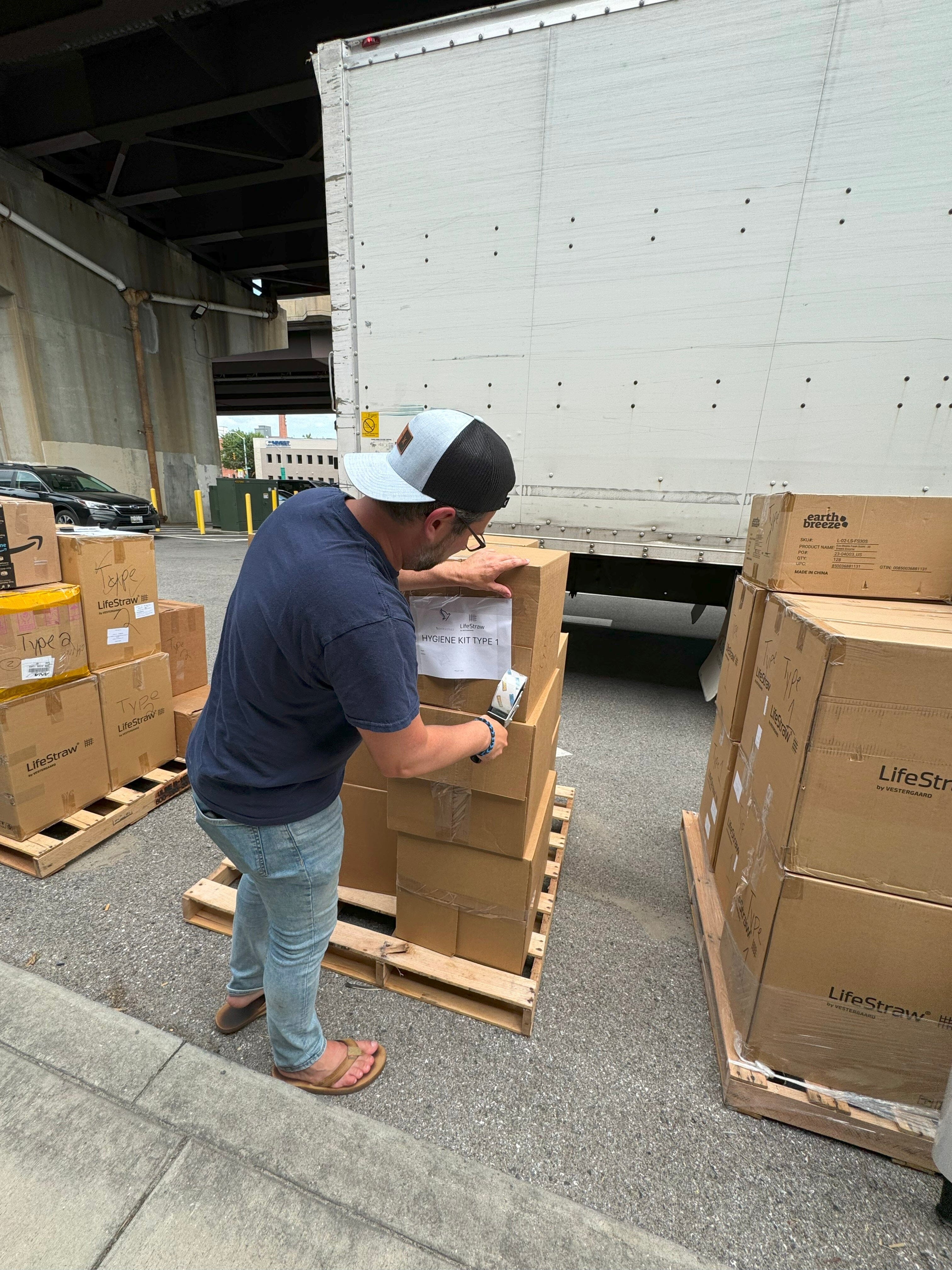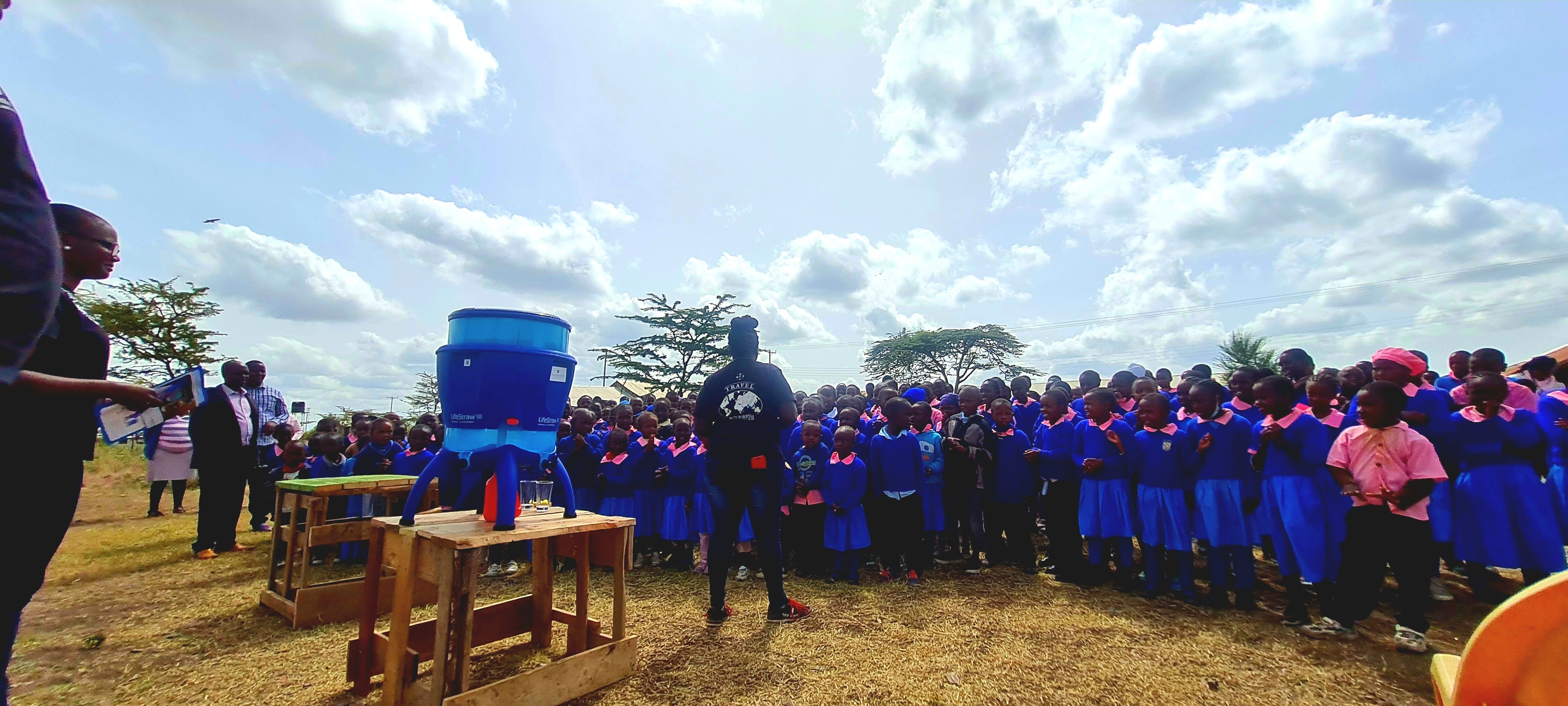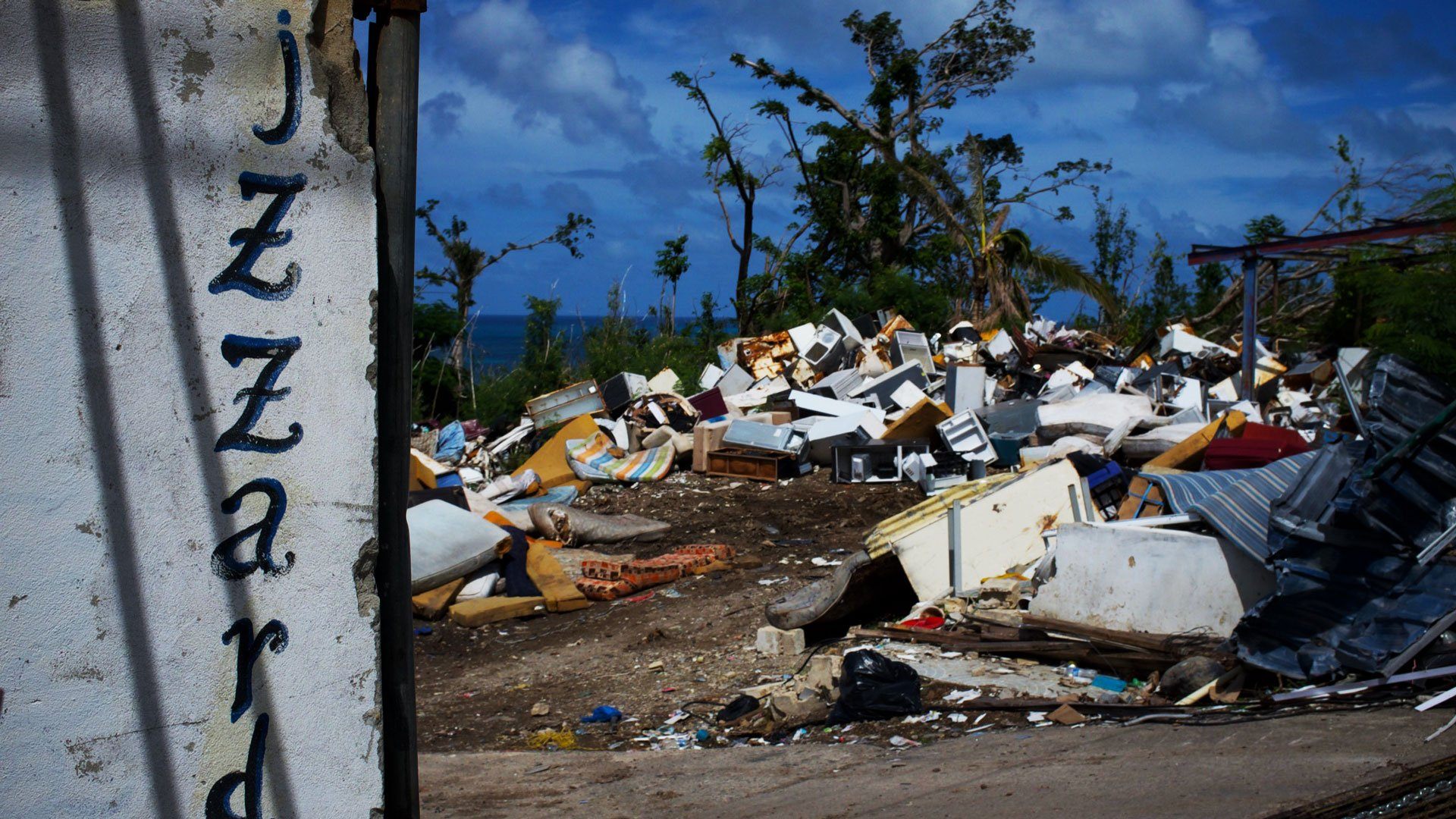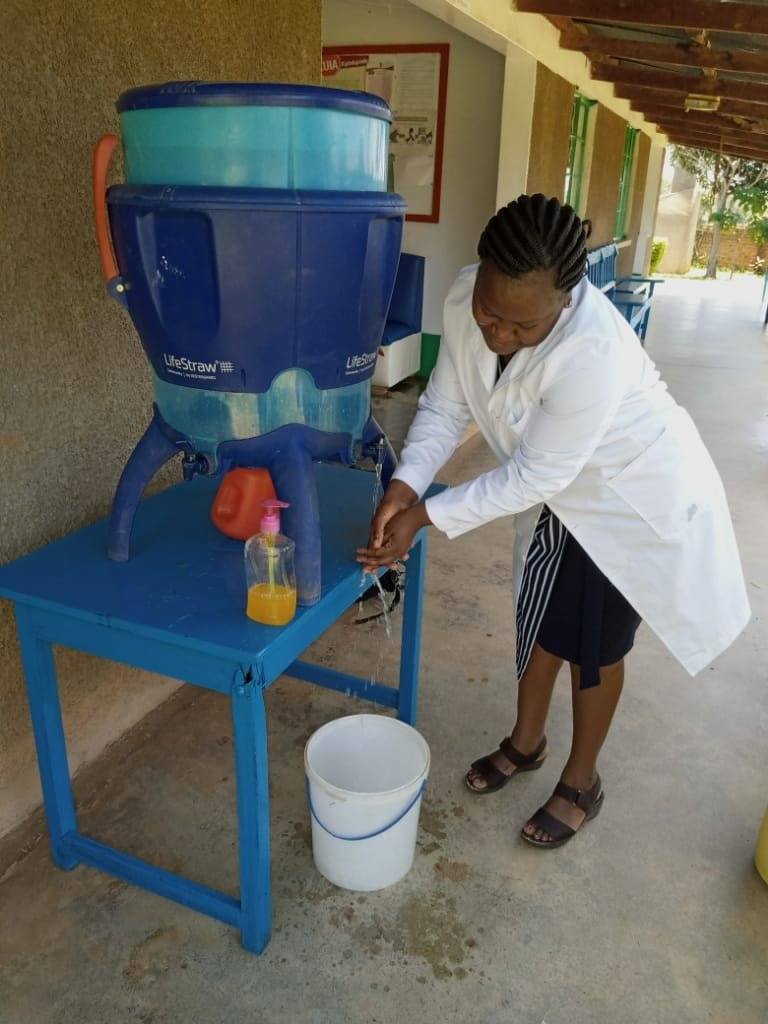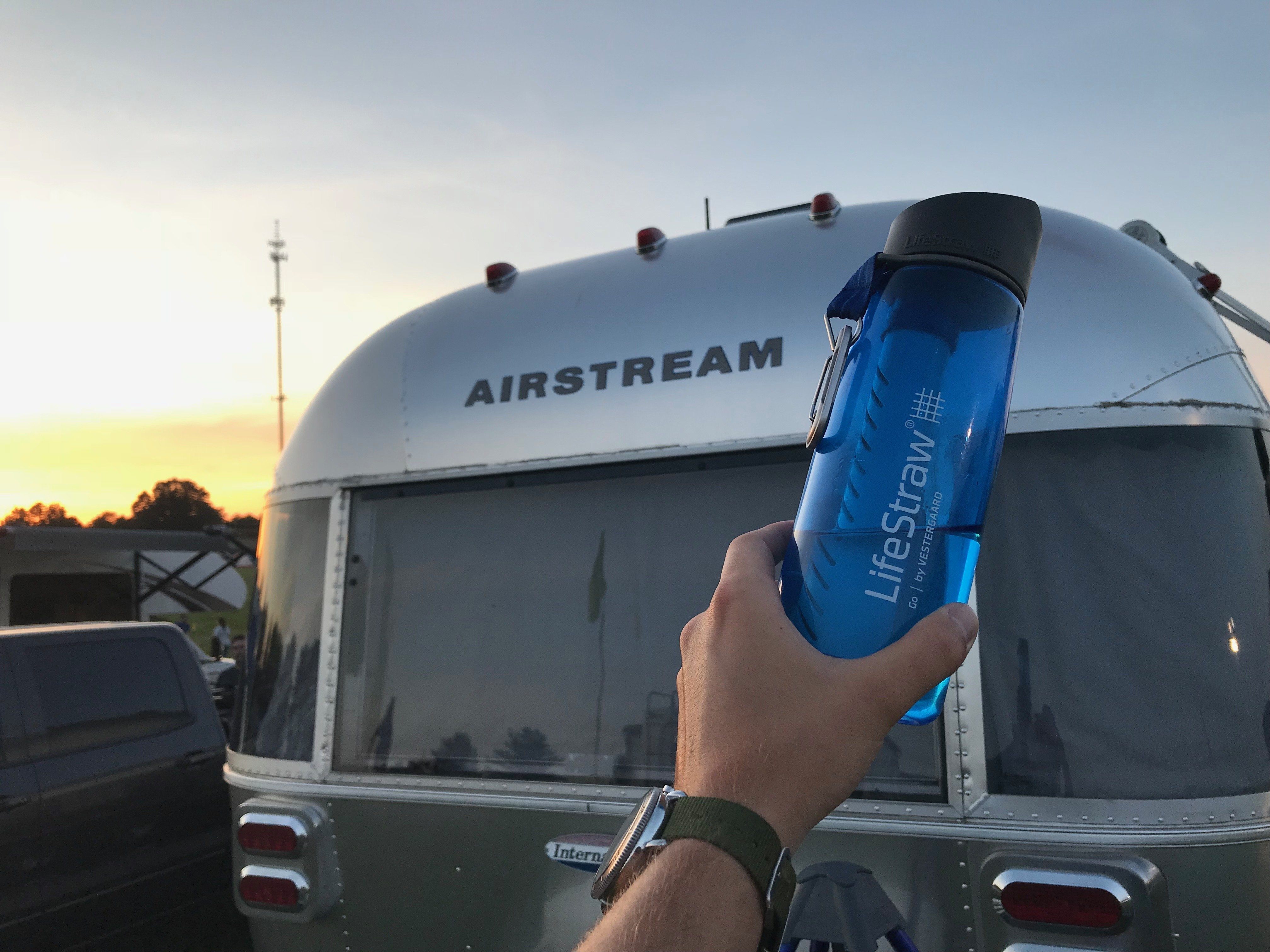
Filters (Microfiltration) vs Purifiers (Ultrafiltration): What’s the Difference?
July 14, 23
When it comes to choosing a water treatment method it's important to understand the differences in technologies. Membrane based treatment technologies that focus on physical removal of contaminants from drinking water are generally broken down into two categories: Microfiltration (MF) and Ultrafiltration (UF) often more commonly referred to as filtration vs. purification. The main difference between microfiltration and ultrafiltration is the pore size of the membrane. Filters (microfiltration) is generally capable of removing bacteria and parasites as well as sand, silt, microplastics and other larger particles. Purifiers (ultrafiltration) can also remove virus which are smaller than bacteria and parasites and therefore require a membrane with a smaller pore size than a microfilter.
What is Microfiltration (filtration)?
Microfiltration is a type of filtration process where a contaminated fluid is passed through a special pore-sized membrane to separate microorganisms and suspended particles. These systems typically use membranes with a pore size of 0.1 to 10 micrometers (µm).
The MF process is efficient at removing a variety of contaminants, including sand, silt, clays, algae, bacteria, and parasites/cysts. However, it doesn't effectively remove most virus. Membrane based filtration alone also does not remove dissolved contaminants such as salts, heavy metals or chemicals. generally an additional carbon-based filter is required to remove dissolved contaminants and improve taste and smell.
What is Ultrafiltration (purification)?
Ultrafiltration is similar to microfiltration in that it also involves forcing water through a membrane. The key difference lies in the membrane's pore size, which is significantly smaller in UF systems—typically 0.01 to 0.05 micron
Because of the smaller pore size, UF systems can remove virtually all microscopic bacteria, pathogens, and viruses that might be present in the water. In addition to this, they also effectively eliminate colloids, proteins, and high-molecular-weight particles. Similar to MF, however, UF systems are unable to remove dissolved contaminants, like salts or heavy metals.
Comparing the Two: Microfiltration vs Ultrafiltration
- Efficiency in removing contaminants: Both methods remove a broad range of particulates, but UF's smaller pore size allows it to capture smaller organisms including virus that could pass through an MF system. However, neither MF nor UF effectively remove dissolved contaminants, such as heavy metals and salts.
- Water flow rate: MF systems generally have a higher flow rate than UF systems due to their larger pore sizes. UF systems often need pressure or larger sized filters in order to produce an adequate flow rate.
- Maintenance: Both systems require regular maintenance, including cleaning and eventually replacing the membranes. However, because UF membranes have smaller pores, they can clog more frequently and may require more efficient and frequent cleaning and backwashing.
- Cost: MF systems tend to be less expensive both in terms of initial investment and ongoing maintenance. UF systems, usually come at a higher price point.
So, Which One Should You Choose?
Choosing between microfiltration and ultrafiltration ultimately depends on your specific needs and what you hope to achieve with your water treatment system.
Filters (Microfiltration) prevent common waterborne bacterial and parasitic illnesses including but not limited to Giardia, Cryptosporidiosis, E. Coli infection, Cholera, legionnaires disease, and Typhoid Fever.
Ultrafilters (purifiers) offer added protection against less common waterborne virus including adenovirus, astrovirus, hepatitis A and E viruses, rotavirus, norovirus and other caliciviruses, and enteroviruses, including coxsackieviruses and polioviruses. Leptospirosis is also often difficult to remove through microfiltration alone and is better addressed with ultrafiltration.
If you are also concerned with the presence of heavy metals such as lead, chemicals, and or improvements in taste or smell, look for technologies that combine microfiltration and/or ultrafiltration with carbon-based treatment technology.
LifeStraw Filters (Microfiltration Products):
THE LIFESTRAW PEAK SERIES (microfilter only)
The Peak Series has been designed primarily for outdoor backcountry use such as backpacking, camping, hiking etc. The microfilter only technology assumes backcountry water sources where chemical and heavy metal contamination is not a concern, nor is virus.
LIFESTRAW HOME COLLECTION (microfilter + carbon + ion exchange filtration)
The LifeStraw Home collection combines a microfilter membrane capable of removing bacteria and parasites, addressing most waterborne diseases that can be present in drinking water in the US, with an additional carbon and ion exchange filter that also reduces heavy metals and chemicals like lead, mercury, PFAS, herbicides and pesticides while also improving taste and smell.
LIFESTRAW GO SERIES (microfilter + activated carbon filter)
The LifeStraw Go series features a membrane microfilter capable of removing bacteria and parasites with an added activated carbon filter that improves taste and smell and reduces some chemicals. This is designed for travel, and on-the-go.
For all microfiltration products, SEE HERE
LifeStraw Purifiers (Ultrafiltration Products)
LifeStraw has several purification products from our largest scale LifeStraw Max, which requires an inlet hose, and features ultrafiltration membranes and carbon filtration. This unit is capable of removing all microbiological contaminants including virus AND chemicals and heavy metals. LifeStraw also has several ultrafiltration-only products including the LifeStraw Community (for larger groups) and the LifeStraw Peak Series Purifier, and LifeStraw Family.
For all LifeStraw ultrafiltration products, SEE HERE.
Resources
Before making a decision, it's important to test or investigate your water sources to identify what contaminants are or may be present. For information and resources about common contaminants in US tap water, check out the EWG Tapwater database. For information about outdoor and backcountry water filtration, check out this article from Outside. And for a more thorough review, check out the Wilderness Medical Society Clinical Practice Guidelines for Water Disinfection for Wilderness, International Travel, and Austere Situations, HERE.









